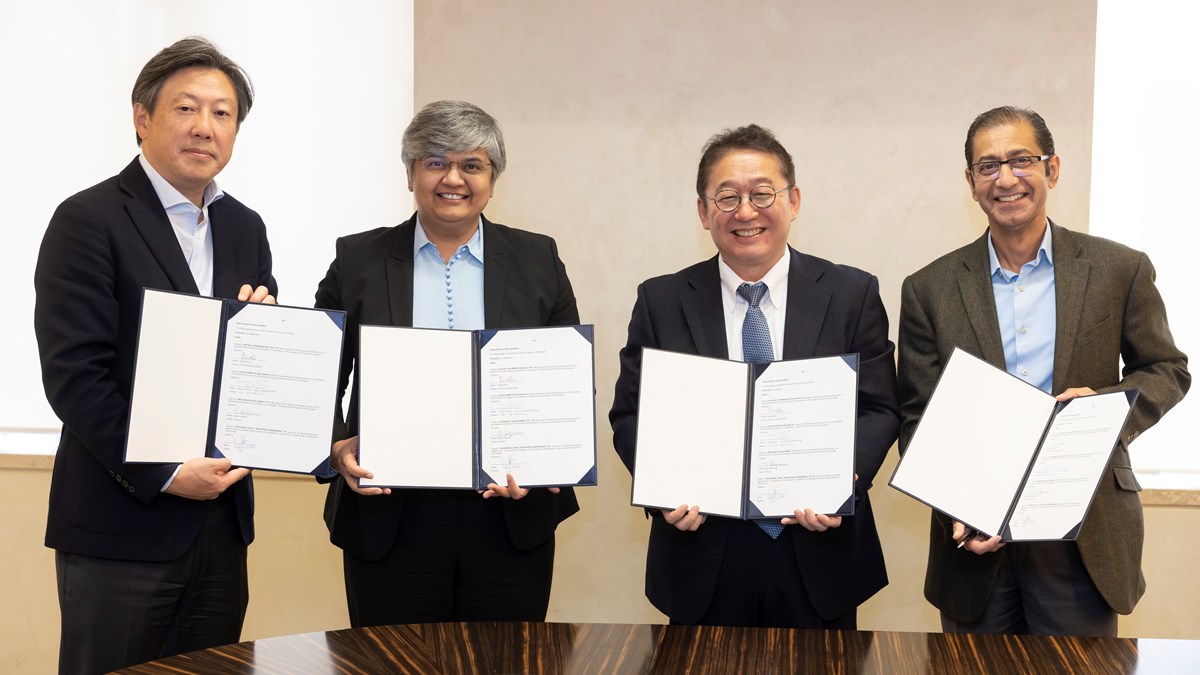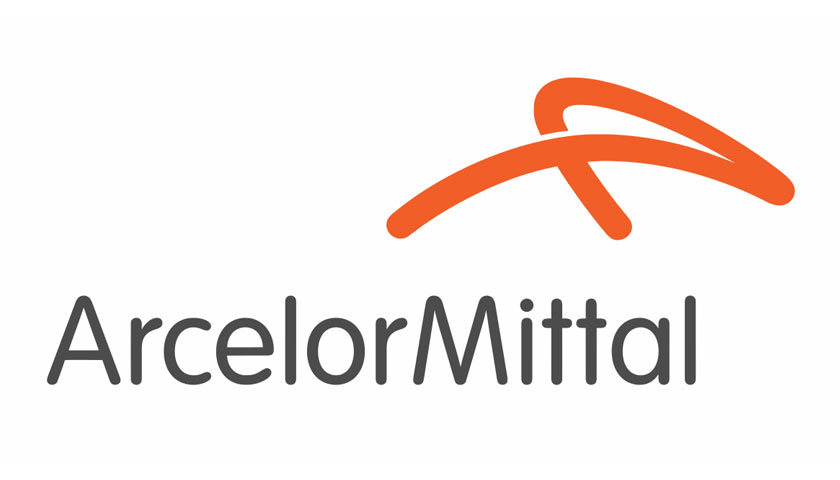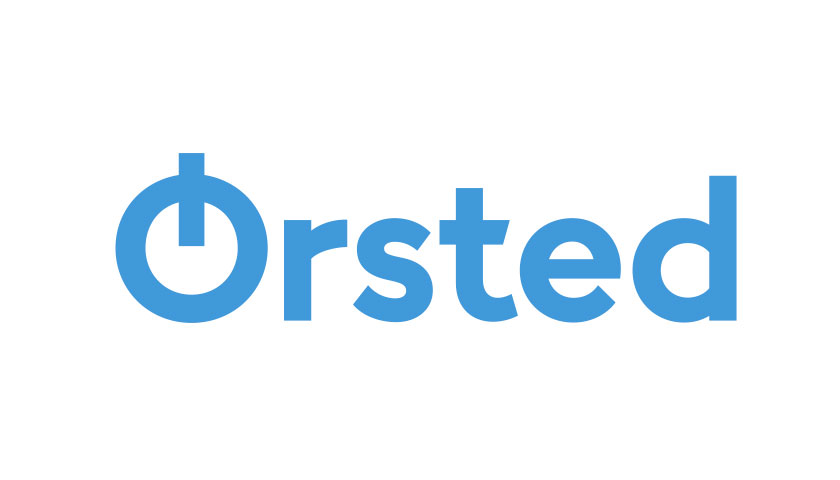ArcelorMittal, and mining company, Mitsubishi Heavy Industries Engineering (MHIENG), a pioneer in carbon capture technology, leading global resources company, BHP, along with Mitsubishi Development Pty Ltd are collaborating on a multi-year trial of MHIENG’s carbon capture technology with ArcelorMittal, following the signing of a funding agreement between the parties.
The companies will also conduct a feasibility and design study to support progress to full scale deployment.
The agreement, which involves a trial at ArcelorMittal’s steel plant in Gent, Belgium and another site in North America, brings together the expertise of the various partners in identifying ways to enhance carbon capture and utilisation and/or storage (CCUS) technologies in the hard-to-abate steelmaking industry. The industry is estimated to account for around seven-to-nine per cent of global greenhouse gas (GHG) emissions. CCUS has the potential to be a key technology for reducing emissions from existing global blast furnaces, which are anticipated to remain a significant portion of steel production over coming decades. The IEA estimates CCUS technology needs to apply to more than 53 per cent of primary steel production by 2050, equivalent to 700 Mtpa of CO2, for the Net Zero Emissions scenario.
There are no full scale operational CCUS facilities in blast furnace steelmaking operations at present, with only a limited number of small capacity carbon capture or utilisation pilots underway or in the planning phases globally. However, later this year ArcelorMittal Gent will commission its Steelanol project, a scale demonstration plant that will capture carbon-rich process gases from the blast furnace and convert them into ethanol.
To further understand how carbon capture technology can be incorporated into existing steel plants, ArcelorMittal is facilitating the trial at its five million-tonnes-a-year steel plant in Gent, Belgium, and at another location in North America, with MHIENG supplying its proprietary technology and supporting the engineering studies. BHP and Mitsubishi Development, as key suppliers of high-quality steelmaking raw materials to ArcelorMittal’s European operations, will fund the trial that is anticipated to run for multiple years. In Gent, the trial will have two phases. The first phase involves separating and capturing the CO2 top gas from the blast furnace at a rate of around 300kg of CO2 a day – a technical challenge due to the differing levels of contaminants in the top gas. The second phase involves testing the separating and capture of CO2 from the offgases in the hot strip mill reheating furnace, which burns a mixture of industrial gases including coke gas, blast furnace gases and natural gas.
The parties plan to install the mobile test unit in one of ArcelorMittal’s North American Direct Reduced Iron (DRI) plants, to test MHIENG’s technology in this steelmaking route.

ArcelorMittal Belgium’s Chief Executive Officer, Manfred Van Vlierberghe, said: “The decarbonisation of the steel industry is a huge challenge that we cannot solve alone: it is through pan-industry partnerships and collaboration that we will achieve ArcelorMittal’s climate goals of reducing CO2 emissions by 35 per cent by 2030 in Europe, and by 25 per cent by 2030 worldwide. Alongside our continued energy efficiency improvements, we are developing two routes to decarbonize steelmaking: Smart Carbon and Innovative-DRI. Both routes will contribute in our journey to deliver carbon-neutral steelmaking. The Smart Carbon route also allows us to integrate carbon capture and re-use (CCU) or storage (CCS) technologies, capturing carbon emitted during the steelmaking process. We are therefore proud to be working with BHP, Mitsubishi Development and Mitsubishi Heavy Industries Engineering on this pioneering Carbon Capturing pilot project, in ArcelorMittal Gent.”
Carbon capture activities are the largest cost component of the CCUS value chain and represent roughly two-thirds of the total capital cost and are the greatest consumer of additional energy. Improved understanding of carbon capture technology performance, cost, risk and sustainability outcomes are essential to determine its role in efforts to decarbonise the steel industry.
This latest collaboration marks a critical milestone in BHP’s strategy to support decarbonisation efforts in steelmaking, which aims to achieve coverage of geographically diverse customer markets and potential technology pathways and follows partnerships in recent years with other global majors POSCO, China Baowu, JFE Steel, HBIS Group and TATA Steel. Collectively with ArcelorMittal, these companies account for more than 17 per cent of reported global steel production.
BHP’s Chief Commercial Officer, Vandita Pant, said: “There is currently no certain or single pathway to net zero for steelmaking. CCUS is one of the key abatement technologies with potential to support development of some of those pathways, so working with industry leaders like ArcelorMittal, Mitsubishi Development and MHIENG, we hope to arrive at scalable solutions more quickly to help reduce carbon emissions in steelmaking.” Steel is a critical product for the world to develop and decarbonise, and we must work hard, together, to enable lower GHG emissions steel, support the reduction of carbon intensity in the blast furnace and test new technologies for steel production,” she added.
Mitsubishi Development’s Managing Director and Chief Executive Officer, Sadahiko Haneji said the company will continue to fulfil its responsibility as an active player in relevant industries to contribute towards achieving a carbon neutral society. “Mitsubishi Development recognizes that as an industry we have to collaborate to establish carbon capture trials that can be used as a steppingstone to progress technological advancement and build the industry’s confidence to reduce carbon emissions,” said Mr Haneji. By participating in these trials, we are demonstrating a commitment to growing climate technologies and reducing our carbon footprint in ways that will not compromise our quality of life,” he added.
MHIENG has been developing its proprietary KM CDR ProcessTM for CO2 capture in collaboration with Kansai Electric Power since 1990 and, as of October 2022, it has delivered 14 plants globally and two more are currently under construction.
MHIENG’s President and Chief Executive Officer, Kenji Terasawa, said: “The steel sector, as a major emitter of CO2, is still a new frontier for CCUS. Deploying our proven technology quickly and at scale could contribute to curbing emissions in the near term, while new technologies for low-carbon steelmaking are brought to market and scaled up. We, as an innovative solutions provider, are excited to work with ArcelorMittal, BHP and Mitsubishi Development to accelerate the industry’s efforts to reach net zero by 2050.”



